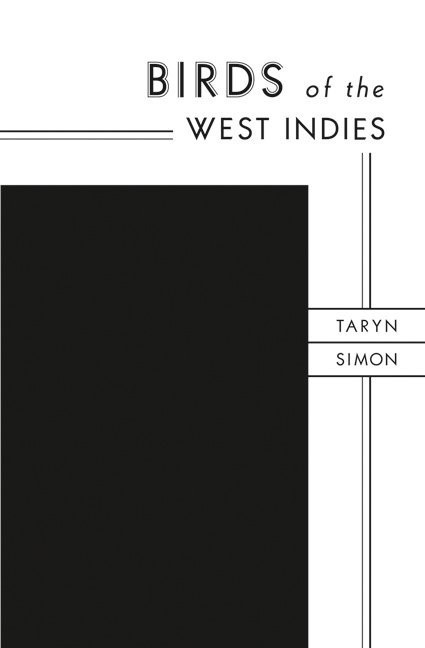Mehr lesen
1936 veröffentlichte der Ornithologe James Bond Birds of the West Indies, die ultimative Studie zur Vogelwelt der Karibik. Ian Fleming, der zeitweilig in Jamaika lebte und selbst Vögel beobachtete, übernahm den Namen für den Titelhelden seiner Spionageromane, da er ihm »alltäglich«, »kurz«, »angelsächsisch« und »maskulin« erschien. Fleming nahm damit die erste in einer langen Kette von Tauschhandlungen vor, die zentral für die Struktur der Bond-Geschichten werden sollten.
Taryn Simon (*1975 in New York) durchforschte die James-Bond-Filme und erstellte einen genauen Bestandskatalog aller Frauen, Waffen und Fahrzeuge, die neben dem berühmten Agenten doch immer präsent sind. Mit ihrem Birds of the West Indies präsentiert die Künstlerin eine visuelle Datenbank austauschbarer »Ersatzteile«, in denen sich diese Männerfantasie manifestiert, und untersucht den ökonomischen und emotionalen Wert, der durch ihren variablen Einsatz generiert wird.
Ausstellung: 2013 Carnegie International, Pittsburgh 5.10.2013 16.3.2014
Zusammenfassung
In 1936, an ornithologist called James Bond released the definitive taxonomy of birds found in the Caribbean, titled Birds of the West Indies. Ian Fleming, an active bird watcher living in Jamaica, subsequently appropriated the name for his novel’s lead character. He found it to be perfectly “ordinary”, “brief”, “Anglo-Saxon” and “masculine”. This co-opting of names was the first replacement in a series of substitutions that would become central to the construction of the Bond narrative. In a meticulous and comprehensive dissection of the Bond films, artist Taryn Simon (*1975 in New York) inventoried women, weapons and vehicles in Bond. The contents of these categories function as essential accessories to the narrative’s myth of the seductive, powerful, and invincible western male. In Birds of the West Indies, Simon presents a visual database of interchangeable variables used in the production of fantasy, through which she examines the economic and emotional value generated by their repetition.
Exhibition schedule: 2013 Carnegie International, Pittsburgh October 5, 2013–March 16, 2014

